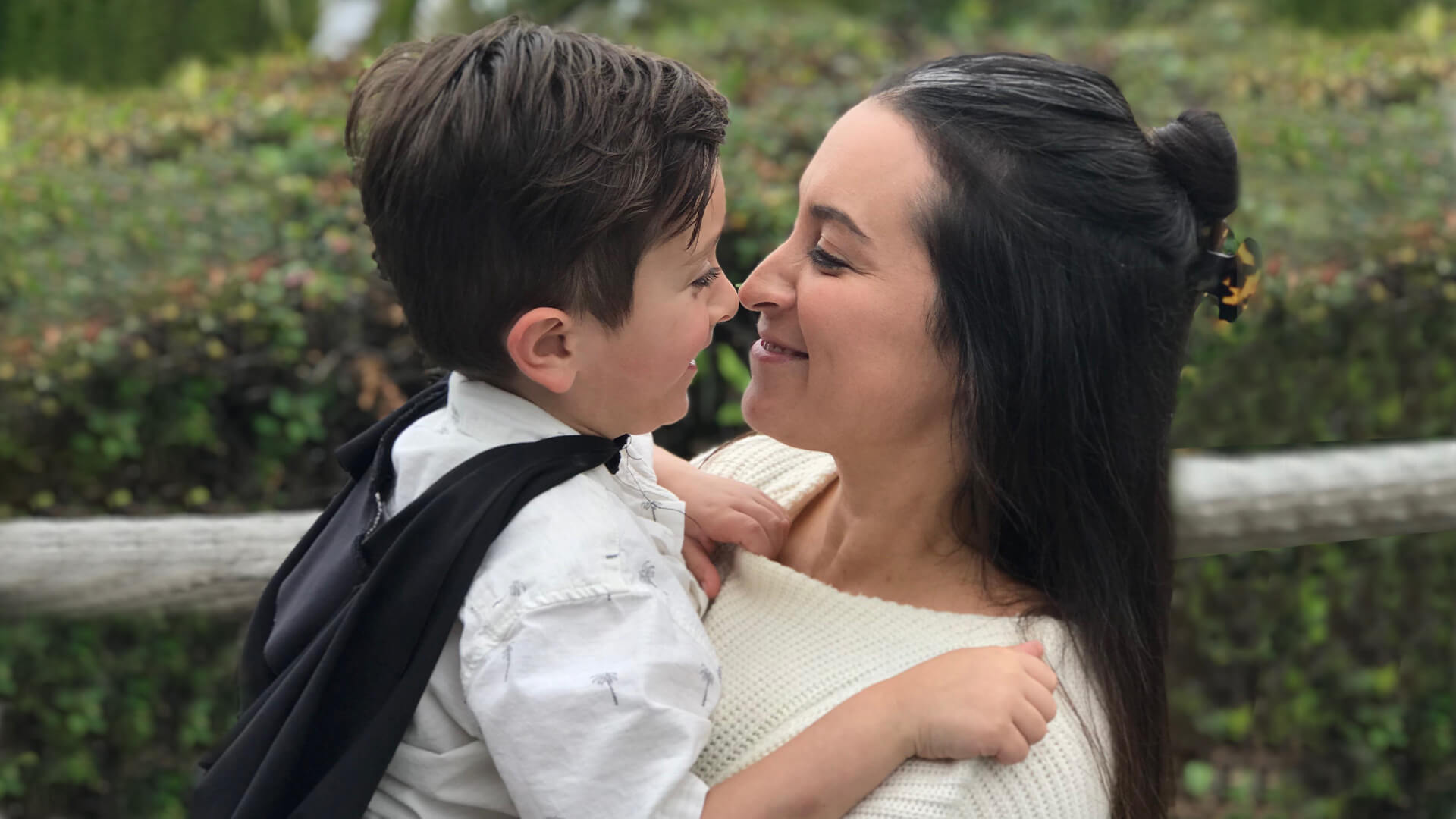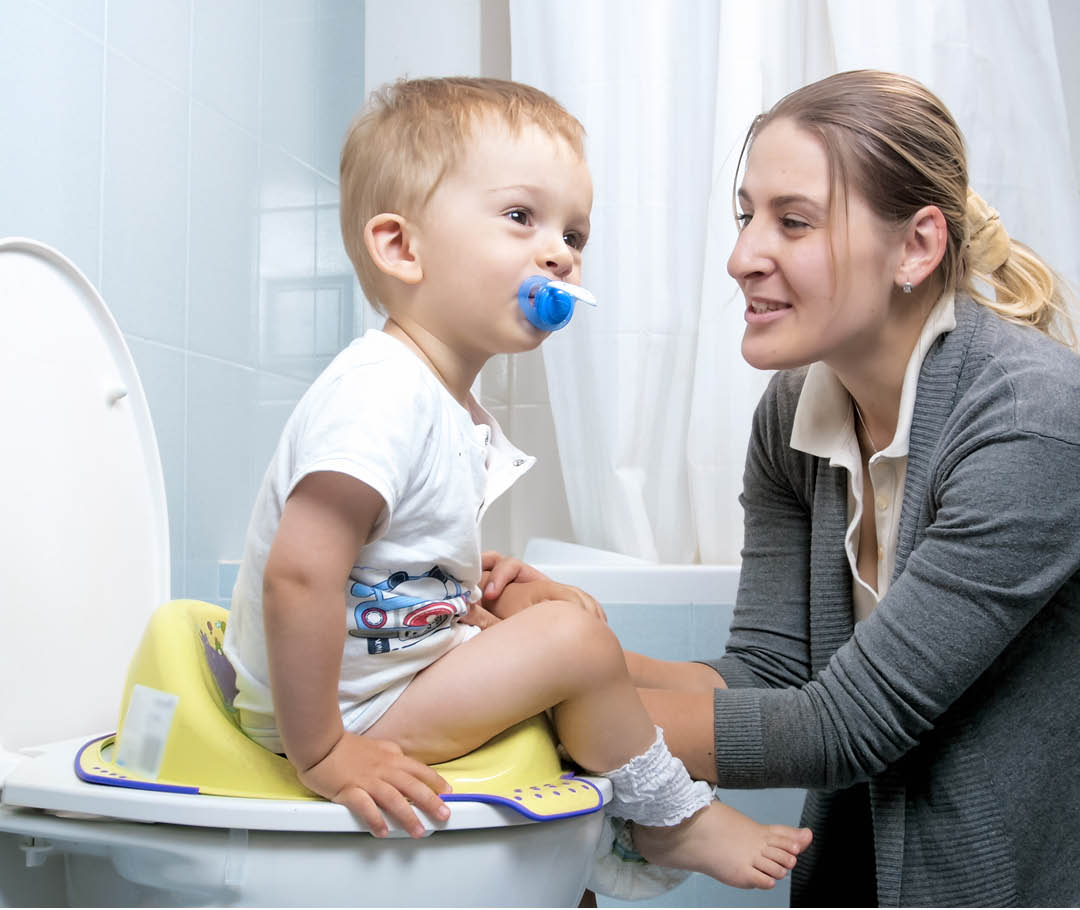January 3, 2024
Back to School: Homework Tips
FEATURED POSTS
August 22, 2023
Heading back to school can bring a number of challenges for our kids, especially those with autism. Navigating new environments, teachers, therapists, and peers can each be a bit scary but full of opportunity.
One very common request we get is about supporting autistic kids with their homework. How do you get your child to do his or her homework? There are many strategies to help keep your child on task; all of them tried and true. Here are some to consider:
Make It Easier by Sticking to a Schedule
Set a schedule and stick to it. Like any other priority, if homework always occurs at the same time, and the routine becomes ingrained, your child will eventually accept the routine. This is true for teeth brushing, baths, and all of the chores children prefer to avoid. Initially, it is hard to hold the line on the schedule, but it sure pays off later.
Reinforce the Message That Homework Is Important
Set the stage and set the tone. Show your child that homework time is important and respected. Give them a special place to sit. Ask siblings to be quiet or leave the area during homework time. Check in frequently to see how they are doing and intersperse praise throughout homework tasks. Show them that you care and are invested in their homework efforts, and help them feel successful and competent.
Motivate with Kindness
Be firm but encouraging. Everyone tends to push back when they are nagged. Try to avoid nagging when you are frustrated by your child’s efforts. By observing your own behavior, you can better support theirs. You can set expectations for what the homework routine looks like, but make sure to be encouraging and motivating, too. Remind your child what you believe their strengths are and why you are proud of what they are learning.
Positive Reinforcement is Powerful
Use rewards. It is OK to reward your child for completing their homework. They are doing something difficult every day. Consider giving a reward for being successful at participating in homework time (not getting everything correct). Eventually, as homework time becomes easier, you can shift rewards to more academic goals. It does not have to be an ice cream sundae. Find out what they might like to do with you after they are done. This can be an opportunity to consider setting aside quality time that you will enjoy.
Every Opportunity for Choice Increases Compliance
Giving choices has been proven to increase motivation. What choices can they have during homework time? It is important for you to keep the time and the expectations the same. But, can they choose where to sit? Can they choose what materials to write with or write on? Can they choose what task to begin with? Also, consider letting them choose their reward as well. Give them at least three options. Empowering them in this way can be very powerful. The more control they have over the task the more motivated they will be.
Interested in more back-to-school tips? Check out our blogs, “Five Steps to Help Your Child with Autism Make Friends,” “This School Year, Build a Trusting Relationship with Your Child’s Teacher,” and “Tips for Reducing Back to School Anxiety.”

















